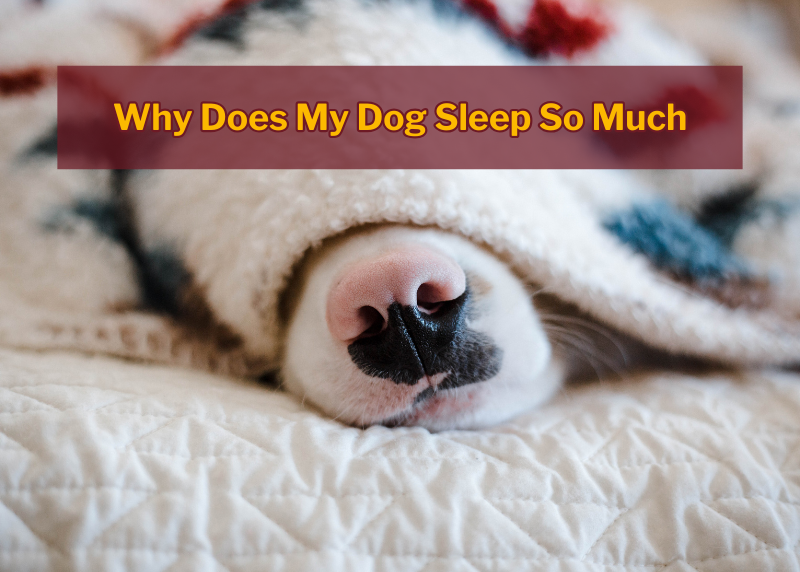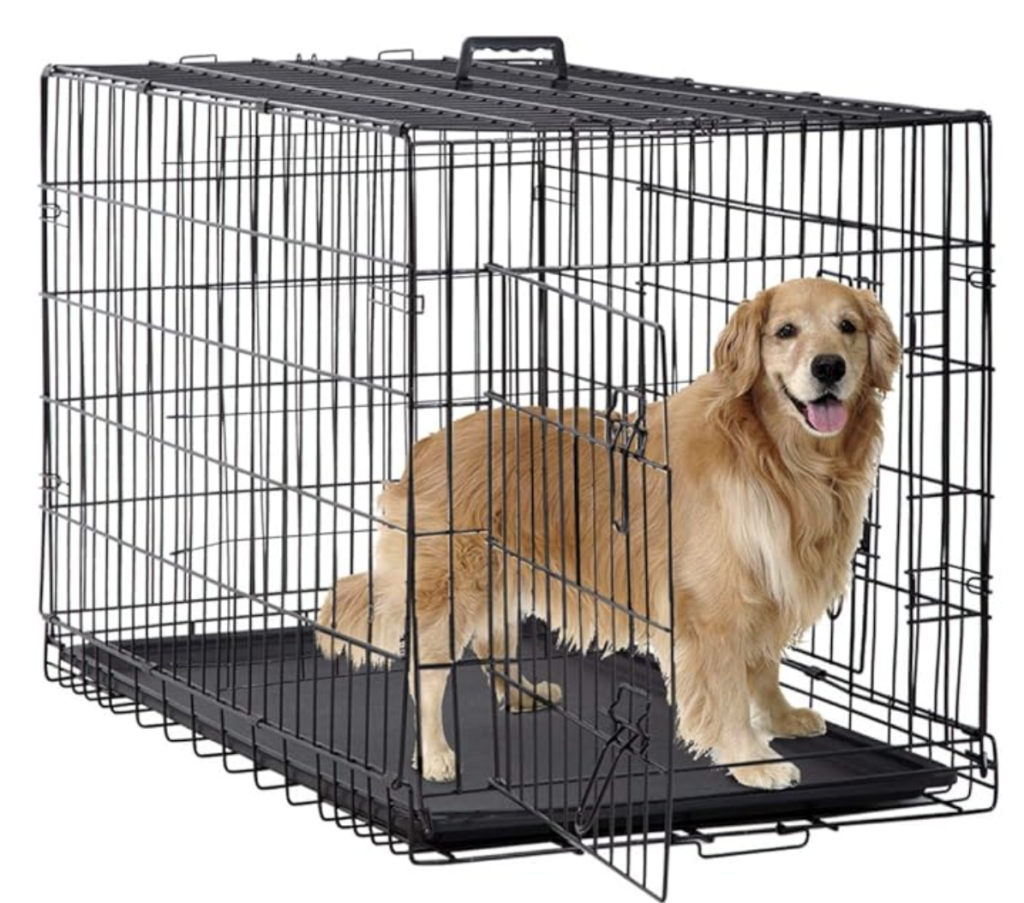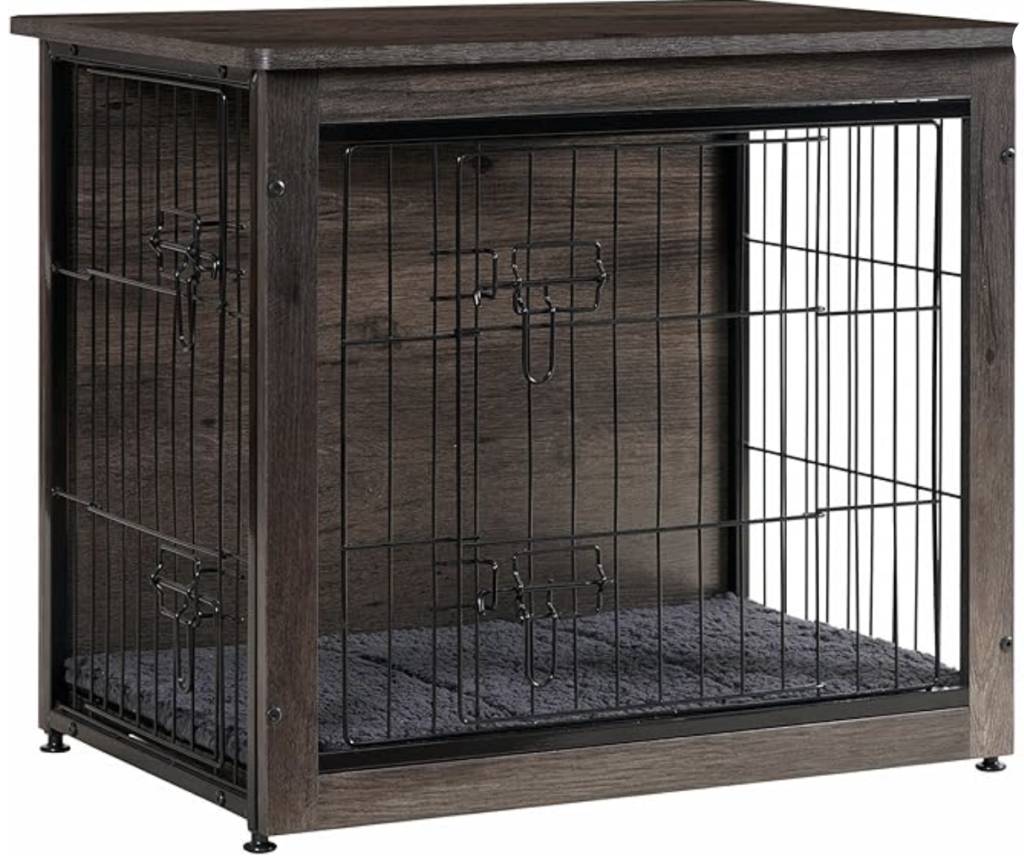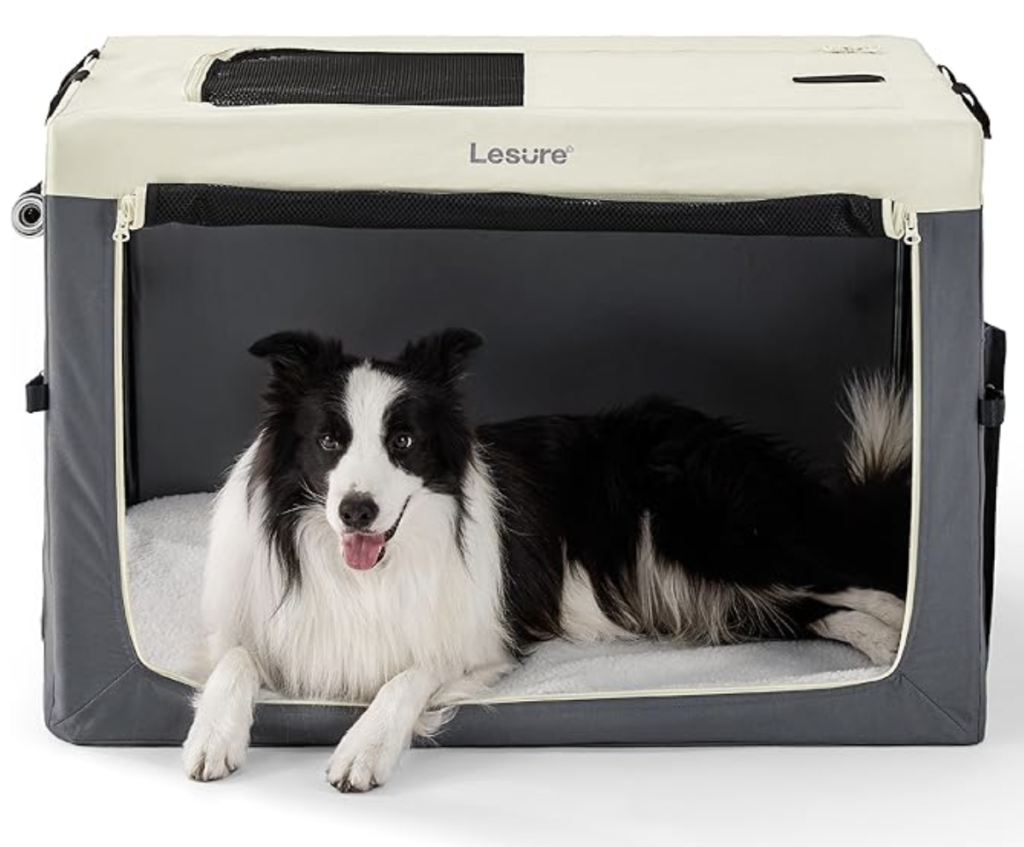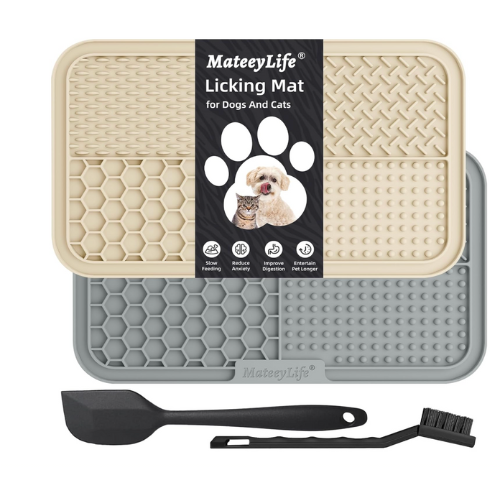Disclosure: Some articles on this site may contain affiliate links, meaning, at non additional cost to you, Chicago Urban Pets may earn a commission if you click through and make a purchase. As an Amazon Associate we earn from qualifying purchases.
Your dog dozing all day might seem a little odd at first, but there’s a lot more to those long naps than laziness. Dogs have different sleep needs than humans, and things like age, health, daily routine, and even their breed can affect just how much shut-eye they want. I’ve dug into the real reasons behind all those naps, along with easy tips to ensure your pup is getting the right rest and not missing out on playtime or attention.
Why Dogs Sleep So Much: The Basics
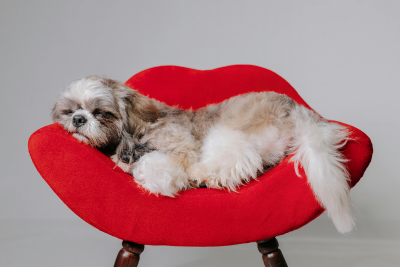
Most adult dogs sleep between 12 and 14 hours a day, but that number can go even higher. Puppies, older dogs, and certain breeds rack up even more nap time. When I first learned how much dogs sleep compared to humans, it really surprised me. Making sense of it comes down to biology and their internal body clocks.
Dogs are polyphasic sleepers, which means they rest in several short stretches (unlike humans, who usually get their sleep in one big chunk). Their wild ancestors needed to be on alert for threats, so shorter, frequent naps helped keep them responsive. Even domestic dogs have kept a lot of these old patterns.
If you notice your dog yawning throughout the day and curling up for quick power naps, it’s totally normal for their species. In fact, it helps recharge them so they’re ready for more fun when you are.
You Might Also Be Interested In:
Age, Breed, and Lifestyle Impact Snooze Habits
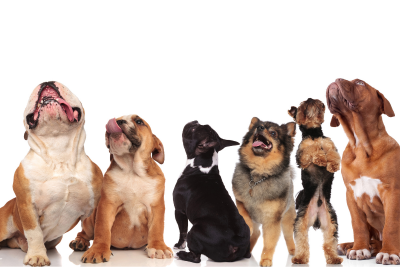
Sleep patterns shift a lot depending on your dog’s life stage. Puppies might clock up to 20 hours of sleep in a day. Growing takes serious energy! Seniors doze more, too, because their bodies tire more quickly than they used to.
- Puppies: 18-20 hours a day. They need extra sleep because their brains, muscles, and immune systems are all developing fast.
- Adult dogs: 12-14 hours is pretty standard, but some might nap a little more or less if they’re extra energetic (or super chill).
- Senior dogs: Older pups might snooze 16-18 hours. They get tired more easily and may need longer recovery after walks and play.
Breed plays a huge role, too. Giant breeds like Saint Bernards and Great Danes are known to be champion sleepers, sometimes napping up to 18 hours daily. Working breeds like Border Collies need far less rest as long as they’re being kept busy.
Lifestyle matters as well. A dog that spends most days indoors without much stimulation might nap more just out of boredom. Dogs with active families often sleep less during the day and use nighttime to recharge.
Some family dogs may nap more during certain busy family periods, such as when kids come home from school or after dinner, while others may choose to snuggle up for a long rest during quiet times. Taking your dog along on family outings or providing opportunities for socializing can help balance their sleep-wake cycle. If you work from home, your presence helps break their day into chunks, and many dogs follow their owner’s routine by picking up on cues for walks, meals, or breaks for play. Dogs are quite good at getting in tune with their human family’s habits.
Other Common Reasons for Long Dog Naps
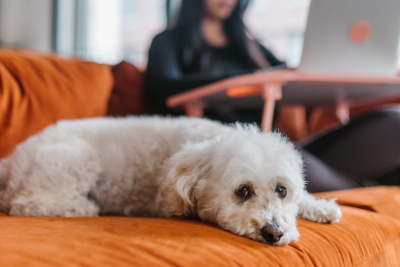
- Weather: Hot and humid days make everyone sluggish, especially dogs. You might notice them snoozing more in the summer.
- Mental stimulation: A dog that’s mentally bored may sleep more just to pass the time. Switching up toys or training exercises can perk up their day.
- Diet: If a dog’s diet isn’t well balanced, they may feel lethargic and nap more often.
- Stress and anxiety: Dogs use sleep as a coping tool. After big changes (like moving or a new baby), some dogs need more quiet time to adjust.

If you’re based in Chicago, we recommend Green Paws Chicago for compassionate, professional dog walking. They’re a trusted local service that helps your dog stay active and social even while you’re away.
(When signing up, don’t forget to mention Chicago Urban Pets to support the blog and help us continue creating helpful content.)
When Is Sleep Something to Worry About?
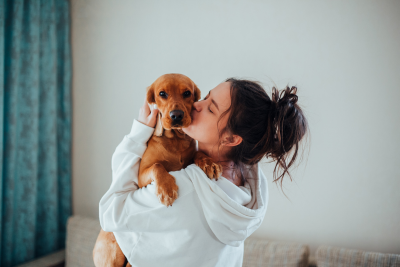
Noticing your dog resting more often isn’t always a sign something’s wrong, but I always keep an eye out for certain changes in behavior. If naps are suddenly much longer and your dog seems less interested in their usual fun stuff, or you spot symptoms like:
- Limping or pain
- Loss of appetite
- Trouble breathing
- Vomiting or diarrhea
- Hiding more
There could be an underlying illness worth checking with your vet. Health issues that can cause excess sleepiness include hypothyroidism, diabetes, heart problems, or infections. Dogs are really good at hiding discomfort, so a subtle change like a bump in naps can be one of the earliest things I pick up on.
It’s important to pay attention to how other aspects of your dog’s behavior change, such as whether they seem more withdrawn, whine or bark when waking up, limp when getting up from a nap, or drink much more or less water. These could indicate something more serious going on, and your vet can help figure out if your dog’s longer snooze sessions are linked to an illness or just natural aging and lifestyle adjustments.

How to Help Your Dog Get Good Quality Rest
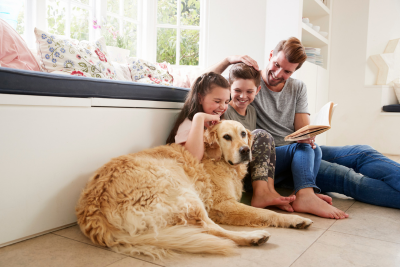
A comfortable sleep spot goes a long way in helping your dog settle in for better snoozing. Dogs love beds that are soft, warm, and located in quiet spots where they won’t get startled easily. My own pups love beds with sides they can curl against, while some just prefer a folded blanket on the floor. Checking the bed regularly for lumps or wornout spots helps too.
Sticking to a predictable daily routine helps dogs feel secure, which leads to better rest. Feeding times, bathroom breaks, and walks at regular intervals give your dog a sense of safety and reassurance. I’ve noticed that my dogs nap better when their day-to-day schedule is predictable.
Plenty of exercise, play, and mental stimulation during waking hours makes nap time even more rewarding. Try food puzzles, new walking routes, or lightweight training sessions to keep their minds and bodies busy. You can also offer your dog interactive toys, such as treatdispensing balls or snuffle mats, to work their brains. For senior dogs, gentle stretching or slow walks can give them some activity without overdoing it.
Common Sleep Myths About Dogs
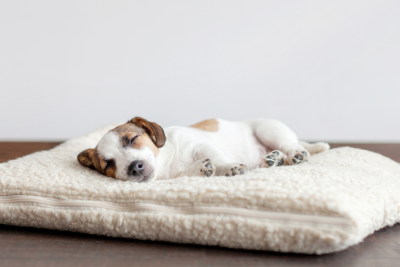
- More sleep means something’s wrong: Not always! As long as your dog seems healthy and happy when awake, there’s usually no need to worry.
- Waking a sleeping dog is always dangerous: While I avoid startling my dogs, there’s nothing wrong with gently waking them if needed (just don’t surprise them).
- Older dogs don’t enjoy play anymore: Many older dogs still love gentle games, but they just need more downtime to recover.
- All dogs have the same sleep schedule: Actually, every dog is different, and sleep needs can vary even among dogs of the same breed or age group.
Frequently Asked Questions About Dogs and Sleep

How much should my dog sleep every day?
Most adult dogs sleep 12–14 hours per day. Puppies and seniors need more, while working or highenergy breeds might need less if they’re very active.
Should I let my dog sleep in bed with me?
It’s totally up to you and your dog’s comfort level. Some people love sharing their bed, while others prefer their pup has a separate space; both are ok as long as you’re both sleeping well.
What if my dog is restless at night?
Try upping exercise during the day, sticking to consistent routines, and checking their sleeping area for noise, draft, or discomfort. If restlessness continues, it’s worth asking the vet to rule out pain or health issues.
Should I wake my dog if it sleeps too much?
If your dog’s sleep habits change suddenly or they stop being interested in walks, play, or food, it’s worth a wellness check. Otherwise, let them rest!
Do some dogs dream more than others?
Scientists think most dogs experience dream sleep, but younger dogs and seniors may dream more vividly and for longer periods. Twitching paws or soft barks during sleep are both signs they’re in dream mode.
Ways to Encourage an Alert, Happy Dog (and Still Enjoy the Cuddle Time)
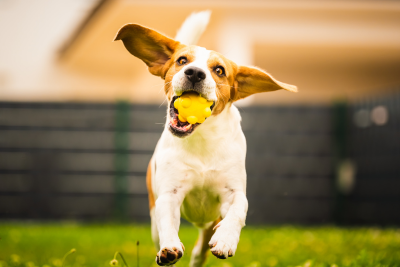
- Offer fun, enriching activities when your dog is awake, such as snuffle mats, treatball toys, and new tricks.
- Create a comfy sleep space away from loud TVs or heavy foot traffic. Dogs usually nap better in quieter parts of the house.
- Fresh air and daily walks help burn energy and sharpen their minds, making naps more restful later.
- If you notice sudden changes in your dog’s sleep habits, appetite, or energy, your vet can help spot issues early.
- Switch up your dog’s routine with new enrichment activities every few weeks. It helps keep their mind engaged and can reduce the chances of excessive boredomnapping.
Long daytime naps are a natural part of most dogs’ lives and aren’t usually a reason to worry. With a bit of understanding and attention, you can help your pup rest easy and stay happy during their waking hours.

If you’re based in Chicago, we recommend Green Paws Chicago for compassionate, professional dog walking. They’re a trusted local service that helps your dog stay active and social even while you’re away.
(When signing up, don’t forget to mention Chicago Urban Pets to support the blog and help us continue creating helpful content.)

